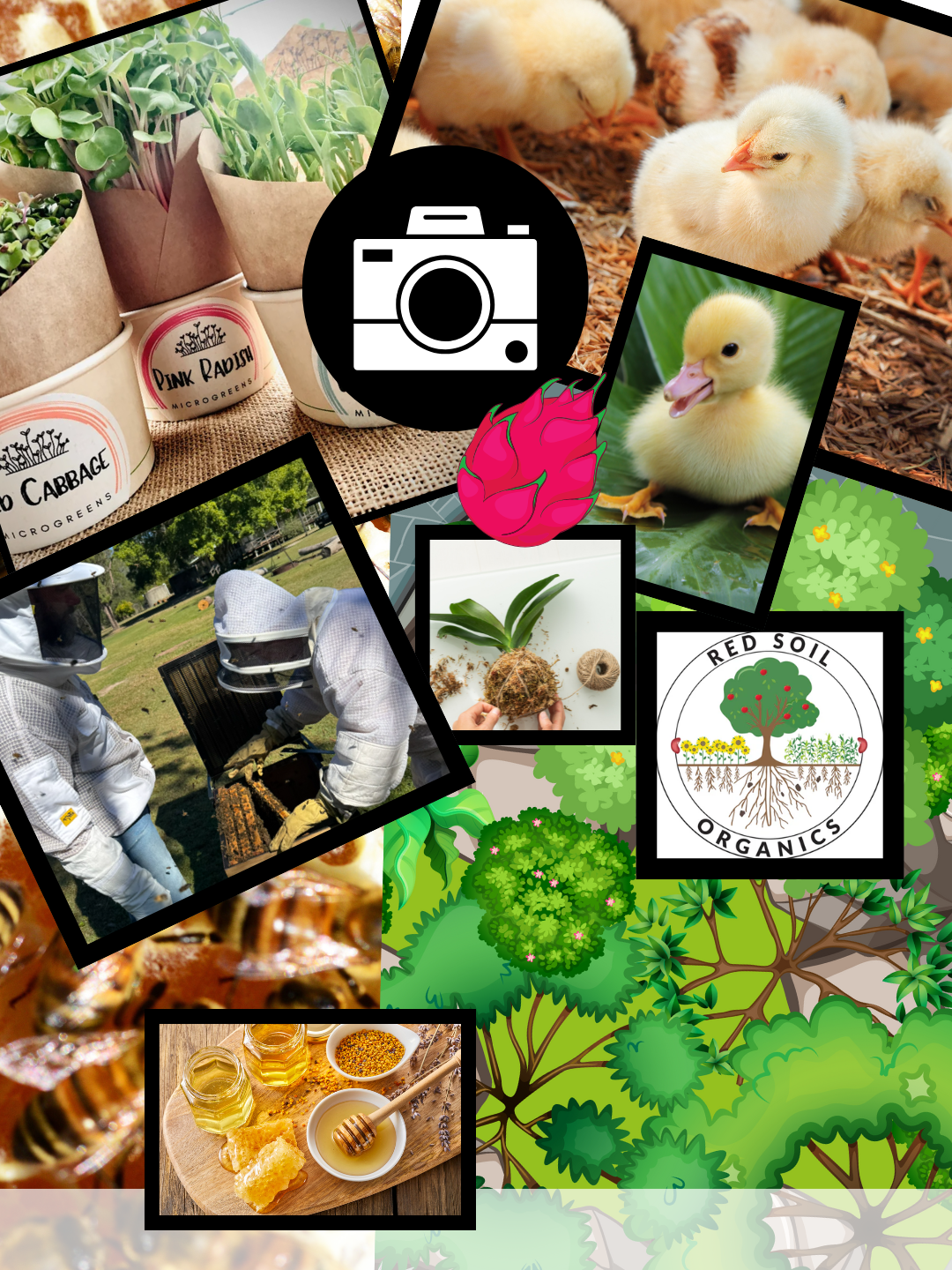Using a manual nasal aspirator to puff pollen into the stigma of a dragon fruit flower is a simple and effective hand-pollination technique. This method mimics natural pollination by gently blowing pollen directly onto the sticky stigma of the flower.
A manual nasal aspirator (like a baby nose sucker) is a fantastic tool for hand-pollinating dragon fruit, especially in wet or humid weather when a brush can collect too much moisture and damage the pollen.
Here’s a clear step-by-step guide:
🌼 What You’ll Need:
-
A manual nasal aspirator (the rubber bulb type, like a baby nose sucker)
-
A small container or spoon to collect pollen
-
Access to open dragon fruit flowers (usually bloom at night and are receptive the same night)
🌸 Step-by-Step Instructions:
1. Collect the Pollen
-
Identify fresh, open dragon fruit flowers (typically bloom between 7 PM–2 AM).
-
Use a small spoon, brush, or your fingers to gently collect pollen from the anthers (the yellow-tipped filaments).
-
Place the pollen into a clean, dry surface like a spoon or small dish.
-
Optional: You can collect pollen from a different variety to ensure cross-pollination (important for some varieties).
2. Load the Aspirator
3. Locate the Stigma
-
Find the central structure of the flower — this is the stigma. It looks like a cluster of white or pale fingers rising above the yellow anthers.
-
The stigma must be open and sticky (receptive) for successful pollination.
4. Puff the Pollen
-
Gently insert the tip of the aspirator near (not touching) the stigma.
-
Carefully release the bulb (or squeeze gently again if using it to puff air out) to blow the pollen onto the stigma.
-
Make sure some pollen lands on the stigma’s surface — a light dusting is enough.
5. Repeat if Needed
